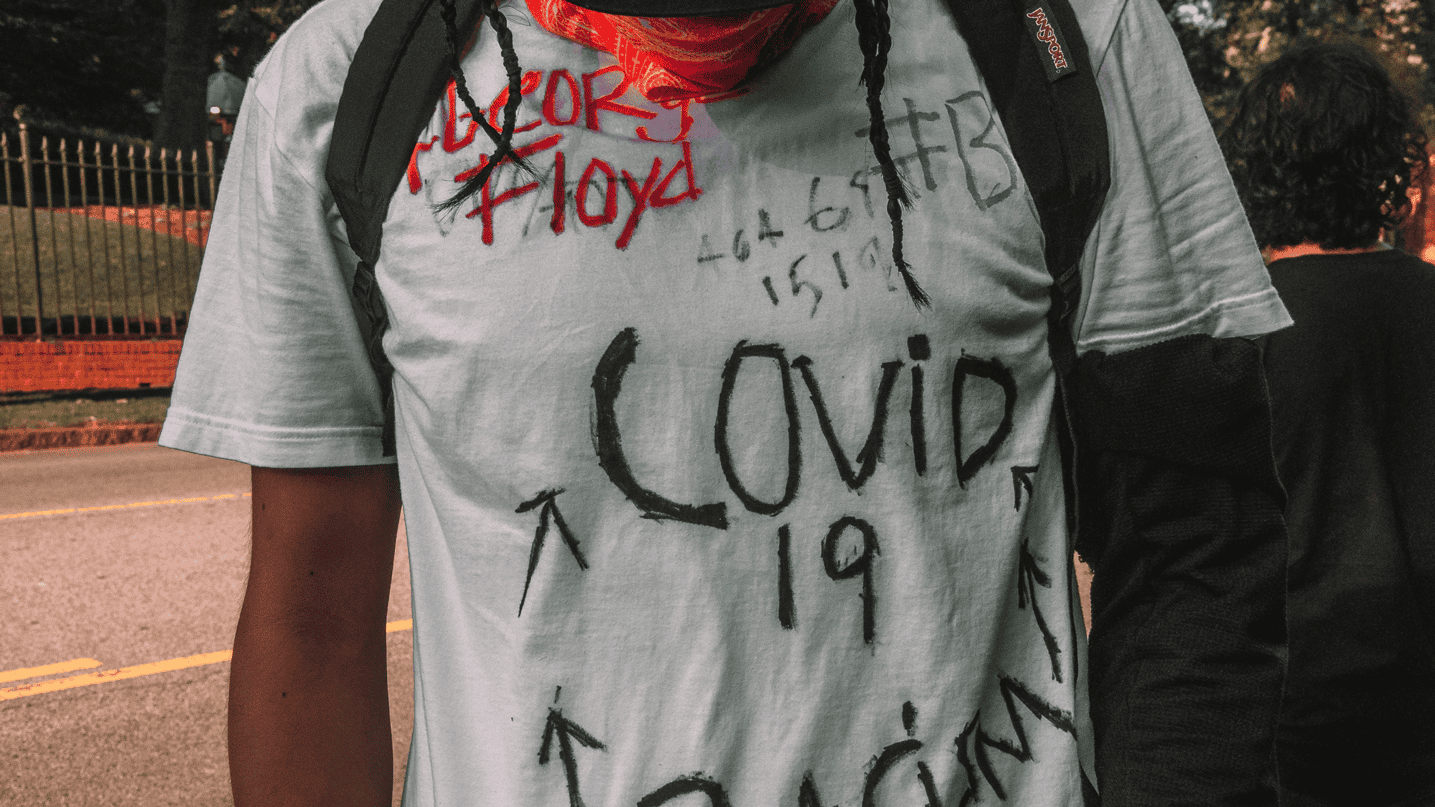
The Catastrophic Consequences of the Coronavirus on Native Communities
By Tanvi Garneni
The ongoing coronavirus pandemic has pushed the world into an apocalyptic state. Every country, state, and city is taking measures in an attempt to ensure the safety of their citizens. In light of the pandemic, Indian Country announced a state of emergency on March 11. As of July 8, Indian Health Services (IHS) tested 324,410 Natives from various regions, and of them, 22,539 tested positive, a drastic increase from the count in the hundreds just months prior. Of these positively tested Natives, 226 of them were from California, the state with 296,272 confirmed cases, the current highest state count of total coronavirus cases. Recently, the Navajo Nation’s infection rate surpassed that of New York, a center of coronavirus activity.
Native communities are particularly at-risk to be adversely impacted by the coronavirus pandemic. The reasons for this are twofold. Firstly, the IHS lacks sufficient resources to take care of the health of over 2.5 million Natives, over 25 percent of whom are uninsured—double the national rate. The IHS is suffering from an immense shortage of adequate hospital beds and ventilators, little way of medical reinforcements, and insufficient coronavirus tests. Only 4 percent of tribal leaders received any protective materials to aid their communities. As the number of confirmed cases skyrockets and health care providers can barely keep up with worsening symptoms and higher risk of fatality, the IHS needs resources now more than ever.
Secondly, Natives face a higher risk of contracting the disease due to pre-existing health conditions. Native communities across Indian Country are home to many tribal members who are more susceptible to contracting diseases, namely members with heart diseases, diabetes, and the elderly. Overall, a majority of American Indian and Alaskan Natives have a lower tolerance to diseases. Much of their vulnerability traces back to the deeper issue of colonialism. When Natives were cut off from trade routes and their natural supplies, they were left devastated by the major lifestyle change, and it significantly impacted their genetic structures and weakened their immune systems. Seeing that groups with pre-existing health conditions are more at-risk, Native populations are fighting an uphill battle against the virus. These conditions make California’s Native Americans the most at-risk group in the entirety of California, the most infected state so far.
Fundamentally, most Native communities lack access to the resources needed to test and diagnose at-risk patients while also grappling with a greater risk and susceptibility to the virus. Due to distance from health care centers and limited transportation, there is currently limited support for already critical patients. Although the IHS typically provides Natives with free testing for various diseases, it cannot access the COVID-19 tests needed, as other groups are being prioritized for access to this coveted commodity. As this pandemic continues to disproportionately impact Californians and Native Americans, they struggle to keep up with worsening challenges and insufficient resources provided to them.
The question prevails: What is the Trump Administration doing to support Indian Country? In President Trump’s coronavirus response, he allocated 40 million of 8.3 billion dollars to aiding Native American communities. A spokesperson from the IHS mentioned that the budget provided is one sixth of the funds needed to fulfill the needs of the Indian Country. Additionally, Dr. Thomas Kim, a medical director from the California Rural Indian Health Board, describes the insufficient support and asserts that “a lot more funding is going to be needed across Indian Country…we need resources, and supplies as quickly as possible, distributed directly to the tribes.”
President Trump’s coronavirus response has failed to fulfill the urgent needs of Native communities. Provided with less than half a percent of the total coronavirus response budget, Indian Country remains overwhelmed with cases while receiving subpar support from the national government. On a larger scale, the budget provided to allocate resources to Native American communities is miniscule in comparison to less vulnerable populations.
Adding insult to injury, the Trump Administration is antagonizing groups like the Mashpee Wampanoag by revoking the reservation designation and taking away their sacred land. The Wampanoag are in the process of being forced out of their homes and the land with which they share significant cultural ties, leaving children without schools, families without homes, and the sick without help. The president is forcing these Natives to fight a crisis within a crisis.
In addition to the tragic loss of life, this pandemic could also have profound cultural implications. Wisdom passed down from elders is part of the fabric of Native communities. Elders are also extremely at-risk for contracting the virus. Due to inadequate medical support, many lives will be lost, and alongside them, so will the valued stories and traditions carried by at-risk elders. Smaller Native communities with endangered traditions may face irreparable cultural losses.
The Trump Administration’s neglect of Native Americans threatens their health, lands, and culture. After a long history of fighting against colonialists for their land and having their health endangered by smallpox, Indian Country faces a saddeningly similar issue today. It’s time that the federal government hears the voices of Native representatives and agencies like the IHS and advocates for vulnerable groups like the Californian Natives. President Trump must take appropriate and urgent action, namely improving funding, testing, and resources for Indian Country, or else this pandemic will continue to devastate the Native population.



